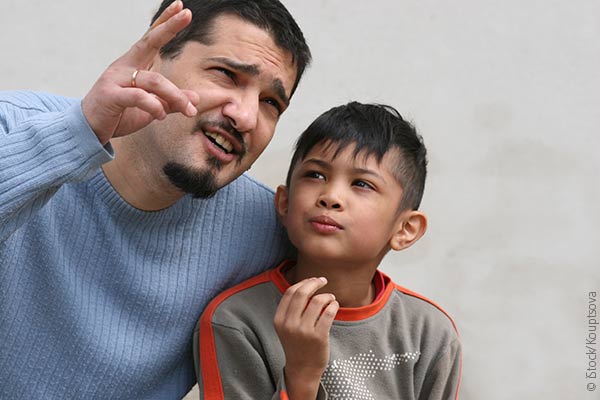“Storytelling is the interactive art of using words and actions to reveal the elements and images of a story while encouraging the listener’s imagination. An interactive process involving the teller who shares the tale, and the listeners who let their imaginations take over. Stories or narratives have been shared in every culture as a means of entertainment, education, cultural preservation, and instilling moral values.” Storyteller.net
“Because there is a natural storytelling urge and ability in all human beings, even just a little nurturing of this impulse can bring about astonishing and delightful results.” —Nancy Mellon, The Art of Storytelling
We use stories to pass on accumulated wisdom, beliefs, and values. Through stories, we explain how things are, why they are, and our role and purpose. Stories are the building blocks of knowledge, the foundation of memory and learning. Stories connect us with our humanness and link past, present, and future by teaching us to anticipate the possible consequences of our actions.
What can storytelling do for children (and also for adults!)?
Traditional stories are still very relevant to our lives. They remind us of our history and heritage and often carry universal life messages that have stood the test of time.
Children listen to stories, identifying with the characters’ experiences and feelings. This helps them understand their own fears, emotions, and feelings. Some stories introduce ethics and values and expand children’s understanding of the world. Many times, stories let children appreciate their own cultures and those of others. They learn the ways the world changes and the way the nature of human experience remains constant. It gives children a wide range of possibilities upon which to draw when dealing with life events.
Your children do not care about the literary quality of your stories—they just love to hear them. Tell your children all kinds of stories — including ones that parallel their own life experiences. These stories will help them process feelings, sort out challenges, and guide their behavior. Tell them stories about yourself as a child … they love to hear about us as children. Tell stories in the car or when you are waiting , or when your child just needs attention. In addition, stories give children the opportunity to create their own inner pictures, which build a foundation for thinking outside the box. Outside-the-box thinking is what our children need to meet the world they will navigate as adults.
Perhaps most importantly, tell stories for the pleasure and joy of sharing experiences that will build memories that will last a lifetime.
“The telling and hearing of stories is a bonding ritual that breaks through illusions of separateness and activates a deep sense of our collective interdependence.”
— Annette Simmons
Bonnie Romanow, BA, is a parent educator and early childhood mental health consultant at Parents Place.

